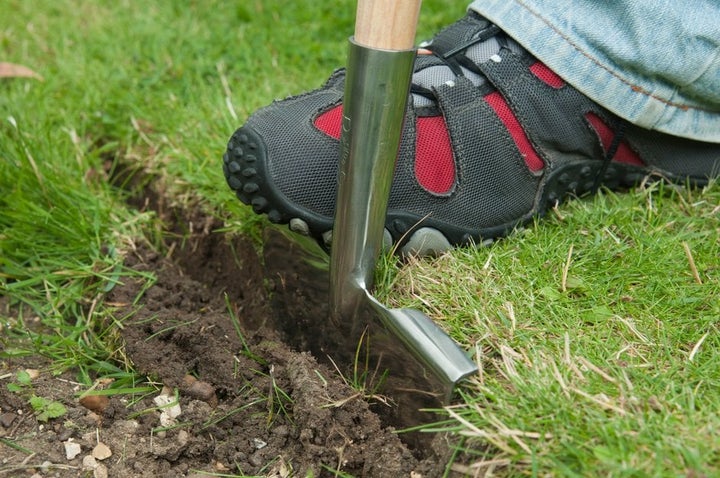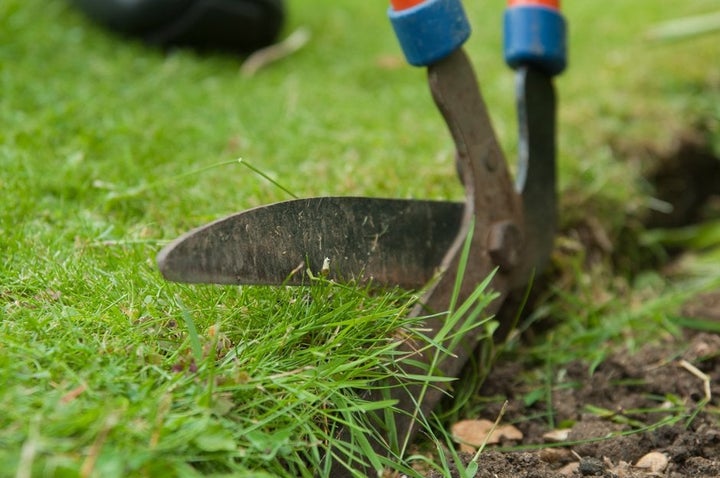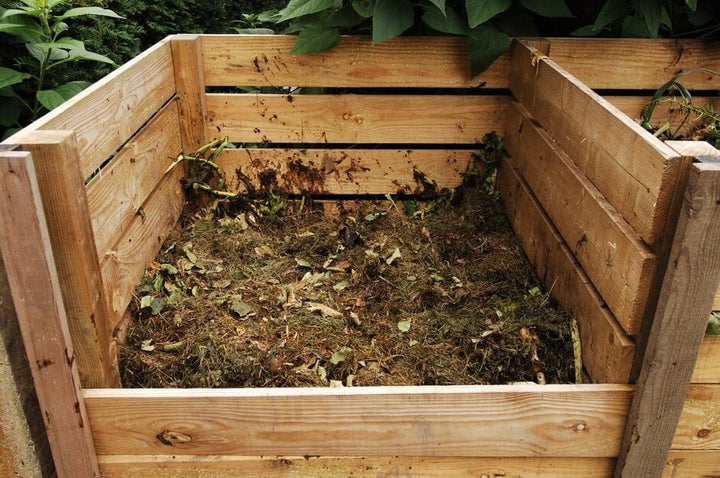
Quick facts
Edges can be redefined with a half-moon edging tool at any time of year
Redefining a lawn edge annually makes trimming the edge easier
Edging shears with long or telescopic handles are useful for tall gardeners
Getting started
Redefining lawn edges is often a good job to do during the quieter winter months. However, if your soil sits wet over winter it's best to wait until it dries out, to avoid compacting the soil and damaging your lawn. If the soil is only slightly wet, working off a wooden board will reduce compaction.
Regularly trimming lawn edges in spring, summer and autumn will make the job quick and easy. During mild spells in winter, grass will continue to grow and edges may benefit from occasional trimming.
If your lawn hasn't been edged for a long time, you might find our guide to creating a lawn edge helpful.
What you'll need to maintain the edges of your lawn:
- Half-moon edging tool
- Edging shears
- Dutch hoe or spade
- Narrow rake
Top Tip
Ensure your edging shears are sharp to give a clean cut and make the task easier. See our handy guide to sharpening tools for more advice.
How to maintain your lawn edge in six simple steps

- Redefine edges with a half-moon edging tool Work your way around the lawn, inserting the blade downwards to cut away slivers of grass.

- Create a drop A drop of about 7.5cm (3in) from lawn to border helps keep plants off the grass, and grass out of the border. Remove excess soil with a spade, or draw soil away from the lawn edge with a hoe.

- Trim edges regularly Use edging shears after each time you mow your lawn. This may be as often as once a week when grass is in full growth.

- Hold edging shears upright for the best cut Make sure the blades are beside the lawn edge. Keep the handle attached to the lower blade steady, and move the handle attached to the upper blade to cut overhanging grass.
- Work your way along the edge Taking small sideways steps, slightly overlap your cuts to create a neat, crisp edge. Check afterwards for any missed tufts of grass.

- Rake up cut grass Create small piles and collect it for composting. If only short sections have been cut off, they can be left or flicked into the border with your hoe to rot down.






